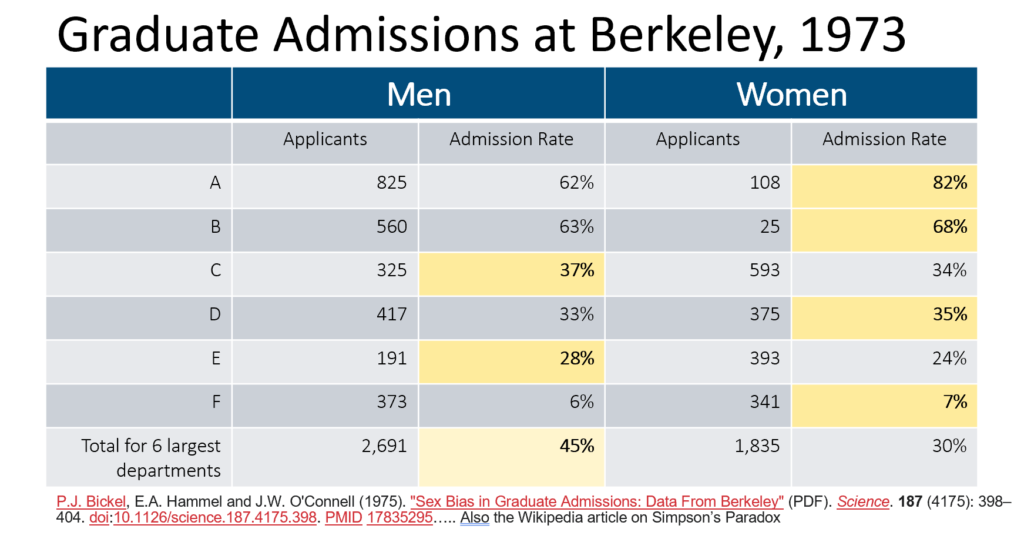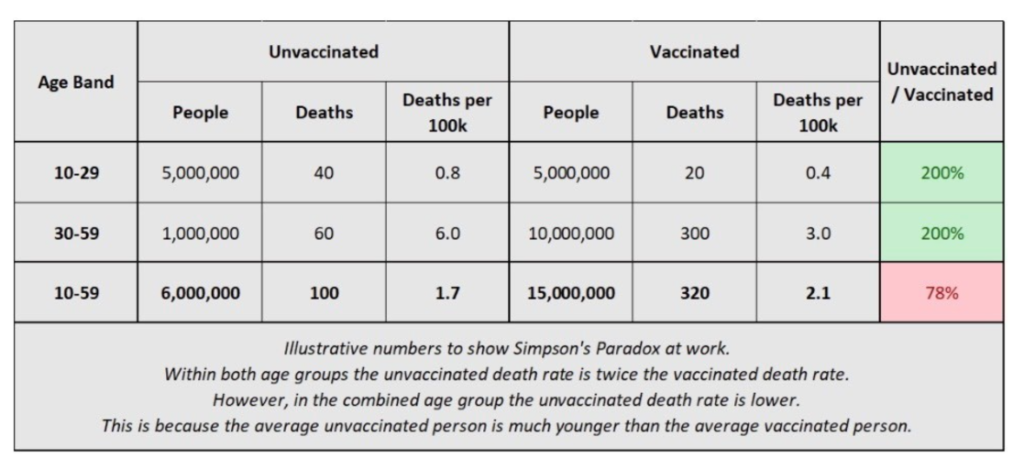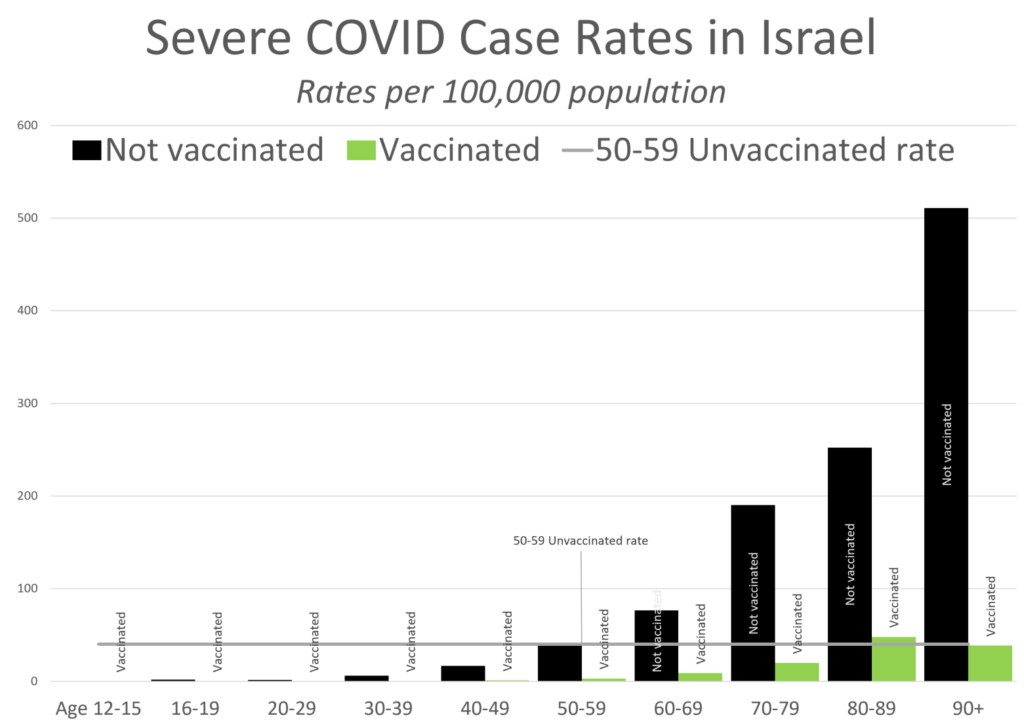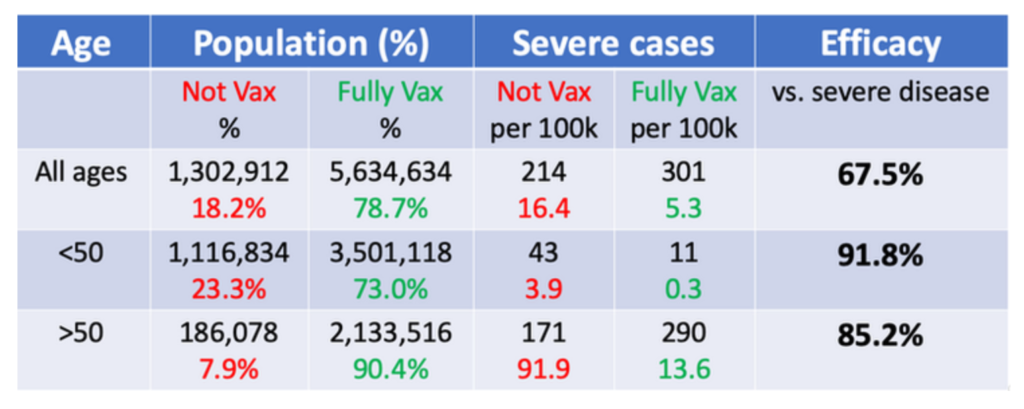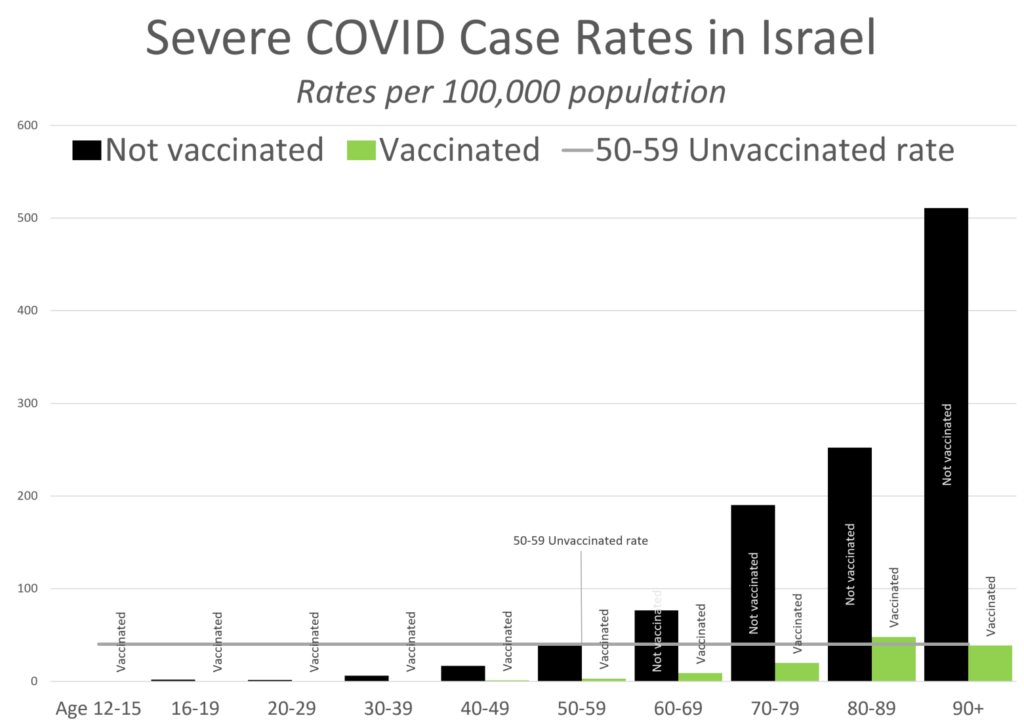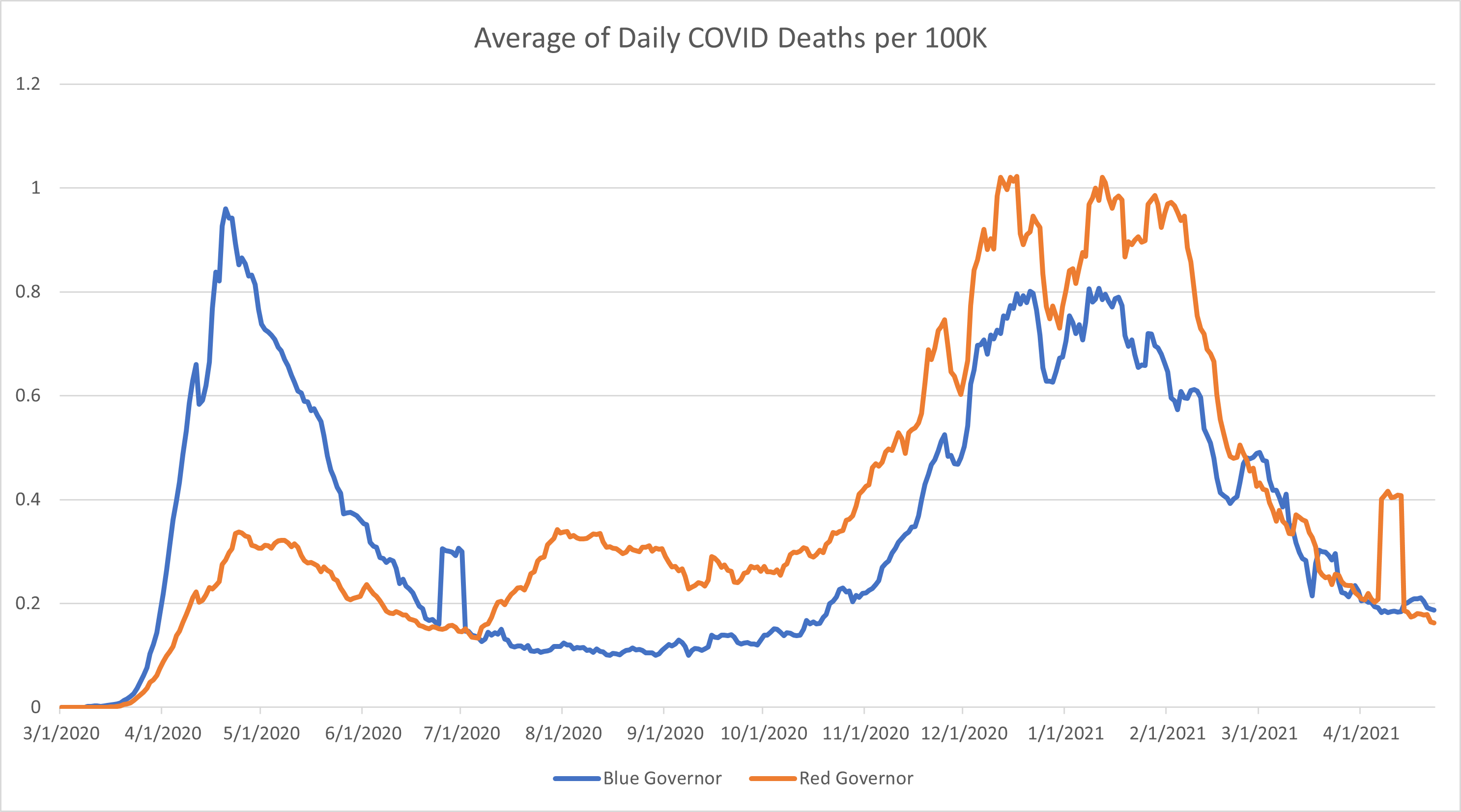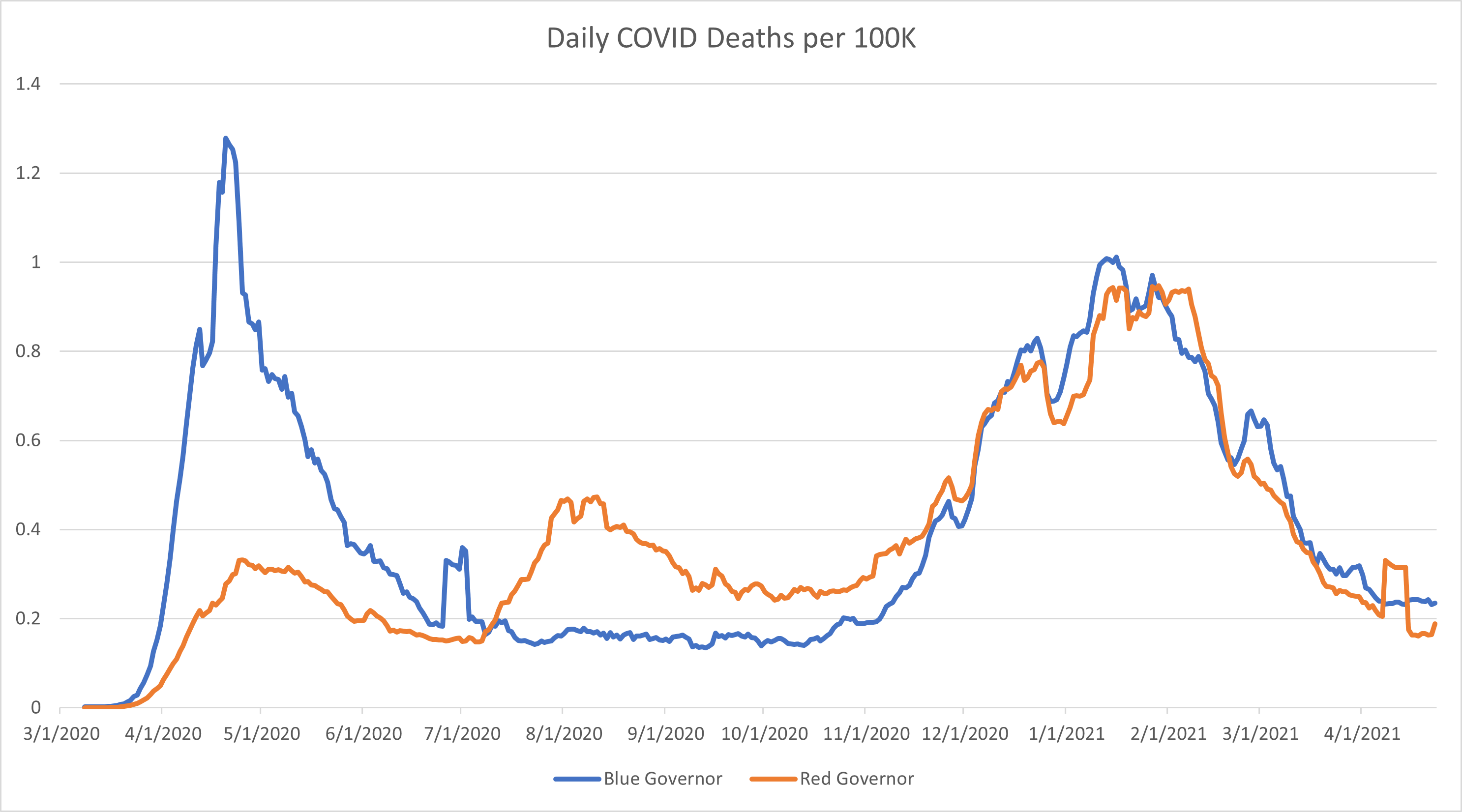Link: https://www.kff.org/policy-watch/why-do-vaccinated-people-represent-most-covid-19-deaths-right-now/
Graphic:


Excerpt:
The waning protection from vaccines is why CDC recommends recent booster shots, and why it’s especially important for people at higher risk to stay up-to-date on boosters. Per current recommendations, most adults should have received at least 2-3 booster doses by now (including the new bivalent booster), in addition to their primary series. However, only 14% of adults overall and 31% of older adults (65 years and older) have received the latest bivalent boosters. The CDC data show that about 95% of adults who died from COVID-19 in 2022 in these jurisdictions were over age 50, and about 8 in 10 were age 65 or older, underscoring the need for older adults to stay up-to-date on recommended booster shots.
The fall in the share of deaths that are among unvaccinated people could also be explained by changes in the unvaccinated population. By this far into the pandemic, it is estimated that many unvaccinated people have had COVID-19 at least once and while hundreds of thousands of unvaccinated people have needlessly died from COVID, those who survived may have gained some immune protection against the virus that can help protect them against severe outcomes when they have subsequent infections. However, this protection from a past infection can also diminish over time, which is why it is still recommended that unvaccinated people with prior COVID-19 infections get vaccinated and stay up-to-date on boosters.
Author(s): Cynthia Cox Follow @cynthiaccox on Twitter , Krutika Amin Follow @KrutikaAmin on Twitter , Jennifer Kates Follow @jenkatesdc on Twitter , and Josh Michaud Follow @joshmich on Twitter
Publication Date: 30 Nov 2022
Publication Site: KFF
